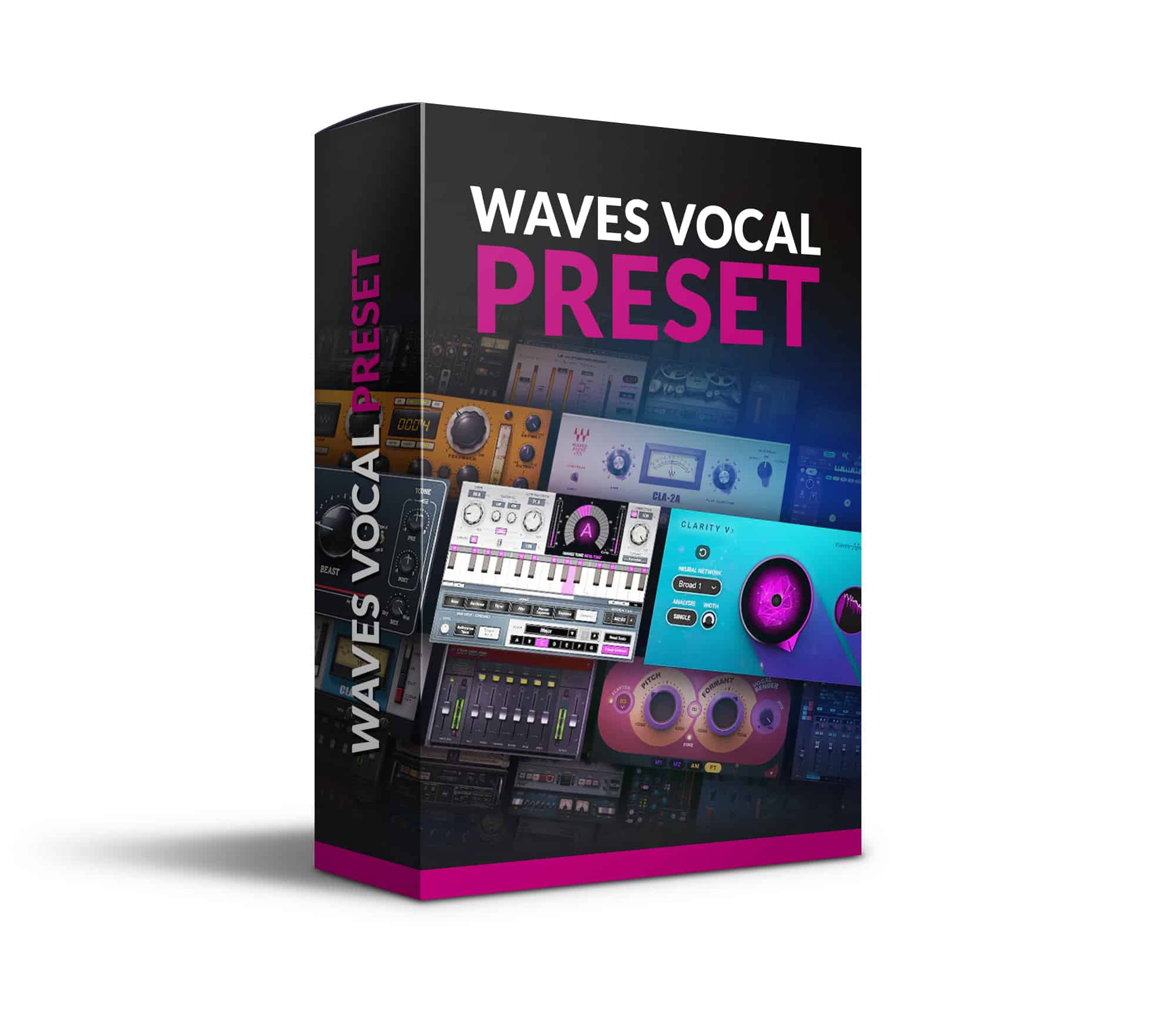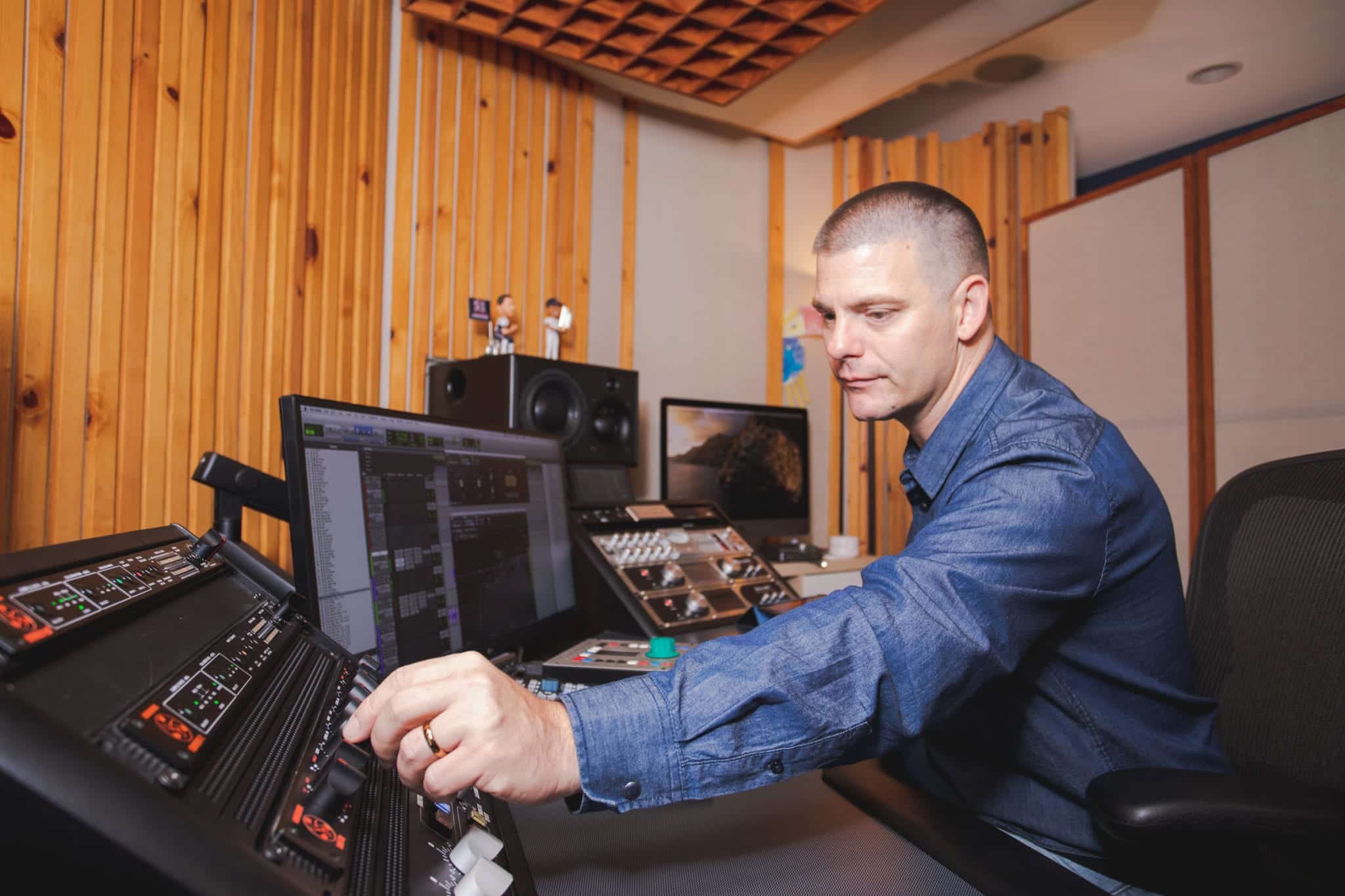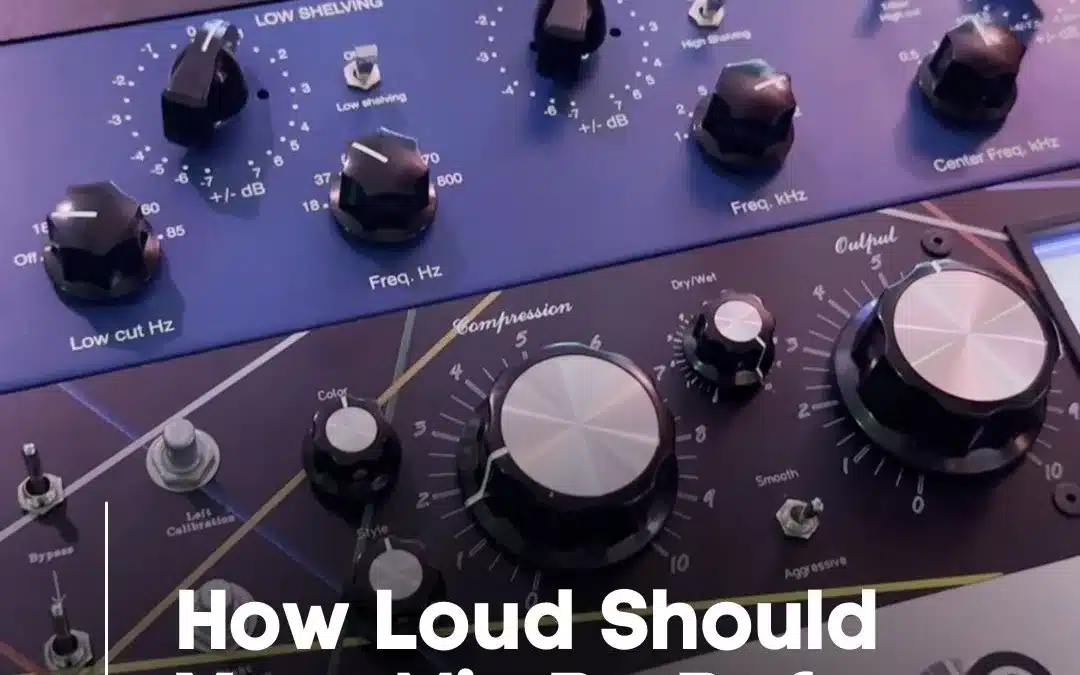The art of audio production involves various stages, with mixing and mastering being two critical components. While both processes are distinct, they are intricately connected, and understanding the right loudness levels for your mix before mastering is essential to achieving a professional-sounding final product. In this article, we will delve into the factors that influence the ideal loudness for your mix before it heads to the mastering stage.
Understanding the Basics:
Before we discuss the ideal loudness levels, let’s establish some foundational concepts:
1. Dynamic Range: Dynamic range refers to the difference between the softest and loudest parts of your audio. A good mix maintains a healthy dynamic range to ensure that instruments and vocals are well-balanced.
2. Headroom: Headroom is the amount of available space between your mix’s peak levels and 0 dBFS (decibels full scale), which represents the maximum digital audio level. Maintaining headroom is crucial for the mastering engineer to work effectively.
3. Mastering Process: Mastering is the final step in audio production, where the mastered track is polished and prepared for distribution. Mastering engineers use various tools and techniques to enhance the overall sound quality.
Ideal Mix Loudness Before Mastering:
There’s no one-size-fits-all answer to the question of how loud your mix should be before audio mastering because it depends on several factors:
1. Dynamic Range: As mentioned earlier, preserving the dynamic range is crucial. Ideally, your mix should have a dynamic range of around 6-8 dB. This range allows the mastering engineer to make enhancements without encountering issues like distortion or excessive compression.
2. Peak Levels: Keep your peak levels below 0 dBFS. It’s recommended to leave at least -3 dBFS of headroom to prevent digital clipping during mastering. This gives the mastering engineer enough room to work with.
3. Loudness Standards: Different platforms and mediums (e.g., streaming services, CD, vinyl) have specific loudness standards. It’s essential to research and adhere to these standards to ensure your music sounds consistent across various playback systems.
4. Mixing Styles: The genre and style of your music can influence the loudness of your mix. For example, electronic dance music (EDM) tends to have a higher perceived loudness level compared to classical music.
5. Reference Tracks: A helpful practice is to compare your mix to professionally produced reference tracks within the same genre. This can give you a better sense of how your mix stacks up in terms of loudness and overall quality.

Want a FREE Waves Vocal Preset?
This free Waves vocal preset works with Ableton, Logic Pro, FL Studio, Pro Tools, Studio One, and Waves StudioRack. It only uses plugins included in the Waves Gold Bundle, so that’s all you need to get started.
Benefits of Proper Mix Loudness:
Maintaining the right loudness in your mix before mastering offers several benefits:
1. Creative Control: Adequate headroom and dynamic range allow the mastering engineer to apply their expertise without limitations, resulting in a more polished and refined final product.
2. Better Sound Quality: When your mix isn’t pushed to the extreme in terms of loudness during the mixing stage, it retains clarity, detail, and transparency, which can greatly enhance the final master.
3. Compatibility: Adhering to industry loudness standards ensures that your music sounds its best across various platforms, ensuring a consistent listening experience for your audience. I use Decibel by process audio to check levels.
Achieving the ideal loudness in your mix before audio mastering is a delicate balance between creative expression and technical considerations. Understanding the importance of dynamic range, headroom, and loudness standards is crucial for producing a high-quality final product. Collaborating effectively with a skilled mastering engineer can further elevate your music and help you achieve the desired sonic impact. Remember, it’s not just about being loud; it’s about being dynamically rich and sonically captivating.

Ready to Release your music on Spotify?
Describe your song and get a personalized Mixing and Mastering review in 24 Hours.






